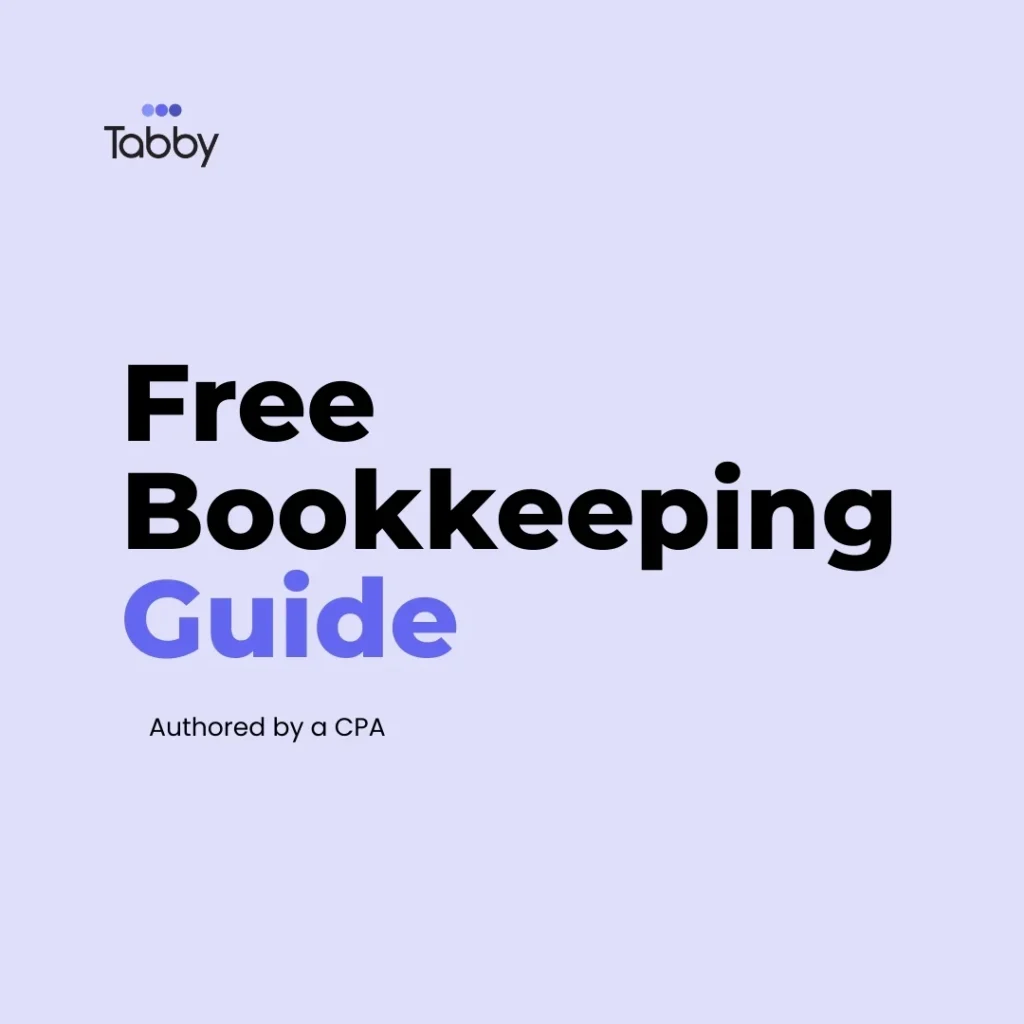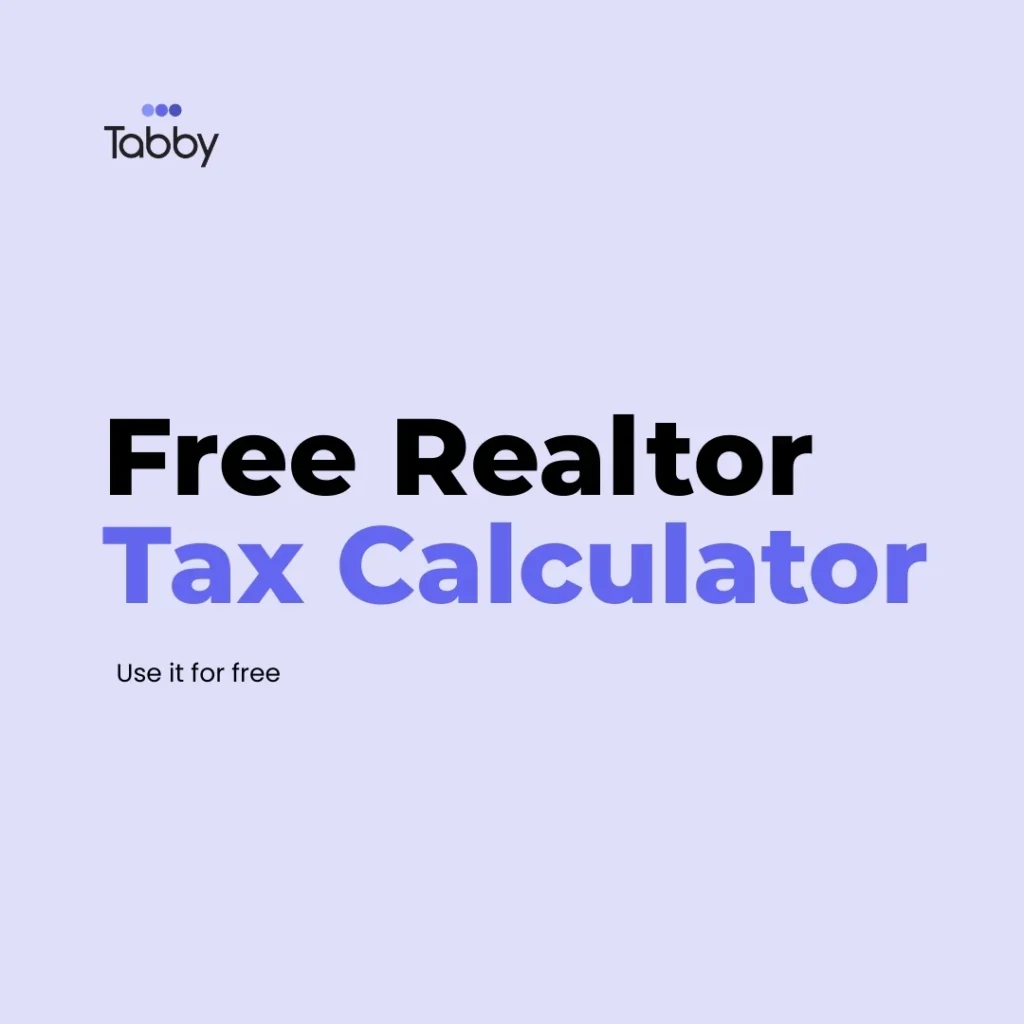1099 Tax Calculator : Estimate Your Self-Employment Taxes in Minutes
Easily calculate your 1099 self-employment taxes with Tabby’s free 1099 Tax Calculator. Get instant estimates of what you owe, understand deductions, and plan ahead so that you’re always tax-ready.
Income & Deductions
Tax Calculation
💳 Total Taxes Due
Want to Lower Your Tax Bill?
Tabby automatically finds every deduction you're missing
Join thousands of freelancers saving $3,500+ annually
Estimate Your Taxes By State
Estimate Your Taxes By Profession
Tabby Simplifies 1099 Tax Preparation
1099 Tax Complete Guide for 2025
1099 taxes are one of the most confusing things for freelancers, gig workers, and those who are self-employed. From my personal experience as a CPA who has worked with thousands of self-employed professionals, the reason many 1099 workers struggle with taxes is that they don’t receive proper guidance.
Most don’t even know the rules on how much to withhold and often end up overpaying. Others simply don’t understand how write-offs work, what they can and cannot deduct, which is the most important part of lowering their tax bill.
So, I’m creating this guide to break down everything you need to know as someone who works on 1099 income for the year 2025. I’ll cover how much you need to set aside for taxes, how to pay quarterly taxes, and how to maximize your deductions, because the end goal is to pay the lowest taxes possible. As a CPA, that’s my goal in this guide.
What Are 1099 Taxes?
1099 is the name of the tax form you receive when you work as a freelancer or self-employed person. It can be from another company or an individual. It basically means you work for yourself. Formally, you are known as an “independent contractor” to the IRS. This is the term the IRS uses to describe people who receive a 1099-NEC or 1099-K from a company or an individual.
There are different types of 1099 forms:
- 1099-NEC – Mostly for freelancers, consultants, and people who work directly with companies or clients.
- 1099-K – Usually given by third-party processors like Uber, DoorDash, Etsy, PayPal, Stripe, or eBay sellers, because the payment is processed through a middleman rather than directly from the customer.
- 1099-MISC – Typically for royalties, rents, and other income not tied to direct self-employment.
The important note here is that the 1099-K threshold is now $2,500 for 2025, down from $20,000/200 transactions in prior years. This means many more self-employed individuals will be receiving a 1099-K than before.
Why 2025 Matters & A Real Example
As someone like myself, who is a CPA and has worked with thousands of self-employed individuals, I’ve seen my fair share of people who are always surprised by large tax bills during tax season. What’s worse is that they usually don’t have all that money ready, and so they delay paying, which only adds more penalties and interest.
For example, I was working with a client who is a realtor. They had a really good year, got over $100,000 of income, but had no idea they had to make quarterly tax payments. They also had no idea they needed to keep track of their write-offs. By the time tax season came, we were scrambling to help, but it wasn’t a pleasant result because their tax bill was quite high.
2025 is especially important because:
- The threshold for 1099-K forms has increased to $2,500 (previously $600). That means more people will now receive a 1099-K.
- The tax brackets have been adjusted for inflation, meaning you may pay a little less tax if you earn the same amount of money as last year.
For 2025, it’s especially important to stay on top of your records because the 1099-K threshold is only $2,500. This means even someone who sells items casually as a hobby online will now receive a form and have to report that income. Before, when the threshold was $20,000, most people didn’t have to worry about reporting small amounts or keeping track of minor deductions. Now, everything needs to be tracked, no matter how small.
But the key takeaway is planning. You don’t want to be surprised with a big tax bill. It’s better to pay slowly throughout the year. Once you spend your money, it’s gone. But if you make smaller payments over time, you won’t feel the pain of one large bill all at once.
Taxes You Pay on 1099 Income
When you’re self-employed, you pay three types of taxes:
- Self-employment tax (Social Security and Medicare, about 15.4%)
- Social Security = 12.4%
- Medicare = 2.9%
- High earners may also pay an additional 0.9% Medicare tax.
- Federal income tax (based on your overall income and the tax bracket you fall under).
- State and local tax (depending on state and possibly city tax rates).
For Social Security tax, the maximum income subject to tax is $176,100 for 2025.
For example, states like Florida, Texas, Nevada, New Hampshire, South Dakota, Tennessee, Alaska, Washington, and Wyoming don’t have an income tax. But states like California and New York do and at higher rates. So you need to check if you will have to pay state taxes or not.
How to Calculate 1099 Taxes?
Here’s the process:
- Start with your gross income.
- Subtract your deductions (write-offs).
- The result is your net profit (net income).
- You pay taxes on that net income.
Example:
- Gross income: $82,000
- Deductions: $31,000
- Net profit: $51,000
On $51,000 net profit, you’ll pay about:
- 15% self-employment tax
- 10–15% federal tax
- 5% state tax
That totals 25–35%.
As a rule of thumb, set aside 30% of your income for taxes. This percentage may be lower if you maximize your deductions.
How to Pay Quarterly Taxes as a 1099 Worker
Quarterly tax due dates are:
- April
- June
- September
- January
You can pay online through the IRS Direct Pay system, either from your bank account or with a credit card. Always make sure you’re on the official IRS website ending in .gov. If you choose to pay by card, the IRS will redirect you to approved third-party processors (make sure to follow the links from irs.gov).
To avoid penalties, remember the Safe Harbor rule:
- Pay at least 100% of last year’s tax liability, or
- 90% of your current year’s liability through quarterly payments.
Most states also have similar rules for their own estimated taxes.
Commonly Missed Deductions
Some of the most overlooked deductions include:
- Vehicle expenses: You have two options to write off vehicle expenses. You can choose either the actual expense method (car payments, insurance, gas, tolls, depreciation) or the mileage method. For 2025, the mileage rate is 70 cents per mile. You cannot combine the two methods; you can only choose one.
- Home office: Either simplified (flat rate per square foot) or actual expense method (percentage of rent/mortgage, utilities, etc.).
- Meals: Only 50% deductible.
- Entertainment: Not deductible (rule changed a few years ago).
- Health insurance premiums: Many people who work on 1099 miss out on this deduction.
- Retirement contributions: Contributions to a SEP IRA or traditional IRA can significantly reduce taxable income while also helping you save for retirement.
Example: Aram is an Uber driver. He uses his car 80% for work. If his car payment is $1,000 per month, $800 can be deducted, plus gas, insurance, and tolls.
On average, I see 1099 workers miss out on $5,000–$8,000 in deductions per year because they don’t track them properly.
Step-by-Step Checklist for 1099 Workers: a CPA Recommended System
As a CPA, here’s the system I recommend:
Track your income: This means more than just waiting for your 1099 at the end of the year. You need to know how much you’re earning throughout the year, and you should keep your own records to compare with the forms you receive.
Track your deductions: This is the most important part. You want to use software that automates it for you, and Tabby is perfect for this.
Estimate your taxes: Remember, you have to pay them quarterly. Use the percentage rule of thumb (around 30% of net income) to stay on track.
Pay quarterly: Even if you don’t pay in every single quarter, you should pay something in the quarters where you do have profit. This avoids penalties.
Be ready for tax season with proper records: Collect all the 1099s from every source, and make sure you have a complete income and expense summary. With Tabby connected to your bank and credit cards, you won’t miss deductions.
Tabby Simplifies 1099 Tax Preparation
Tabby is an AI-powered Bookkeeping Software Designed and Built for 1099 Professionals.
Say goodbye to spreadsheets and stress- Tabby gives you clean, accurate books powered by AI. Built for business solopreneurs, no bookkeeping skills required.
How Tabby Simplifies 1099 Tax Preparation?
The best way to stay on top of your deductions is by using bookkeeping software. I recommend Tabby because it:
Finds Financial Loopholes
Uncovers overlooked financial gaps so you can plug leaks and keep more of what you earn
Catches 30% More Deductions
Automatically identifies deductible expenses to maximize your savings come tax season.
Generates Tax-Ready Reports in Seconds
Get instant, easy-to-read financial snapshots to guide smart business decisions
Accurate AI Categorization
AI sorts transactions into the right categories instantly- no manual tagging required.
Built for the 1099 Pros.
Most Frequently Asked 1099 Tax Calculation Questions
What is a 1099 and how does it work for taxes?
What is the correct percentage to save on the side for 1099 taxes?
Are quarterly taxes mandatory for someone who is self-employed?
Most realtors are independent contractors and receive a 1099 form. You’ll need to:
Report your income and business expenses on Schedule C (Form 1040).
Pay self-employment taxes using Schedule SE.
Make quarterly estimated tax payments to avoid penalties.
Tabby prepares tax-ready reports so you can file confidently—or hand everything off to your CPA with zero stress.
How can an app like Tabby make 1099 tax preparation easier?
Can Tabby pull in my past transactions if I sign up today?

Ahad Ali, CPA
Tabby is designed by Ahad Ali, a seasoned CPA with over 12 years of experience helping thousands of self-employed professionals stay tax-ready and financially organized. His deep industry knowledge powers the smart automation behind Tabby – so you can trust your books are in good hands.
Free Resources for Realtor Bookkeeping








